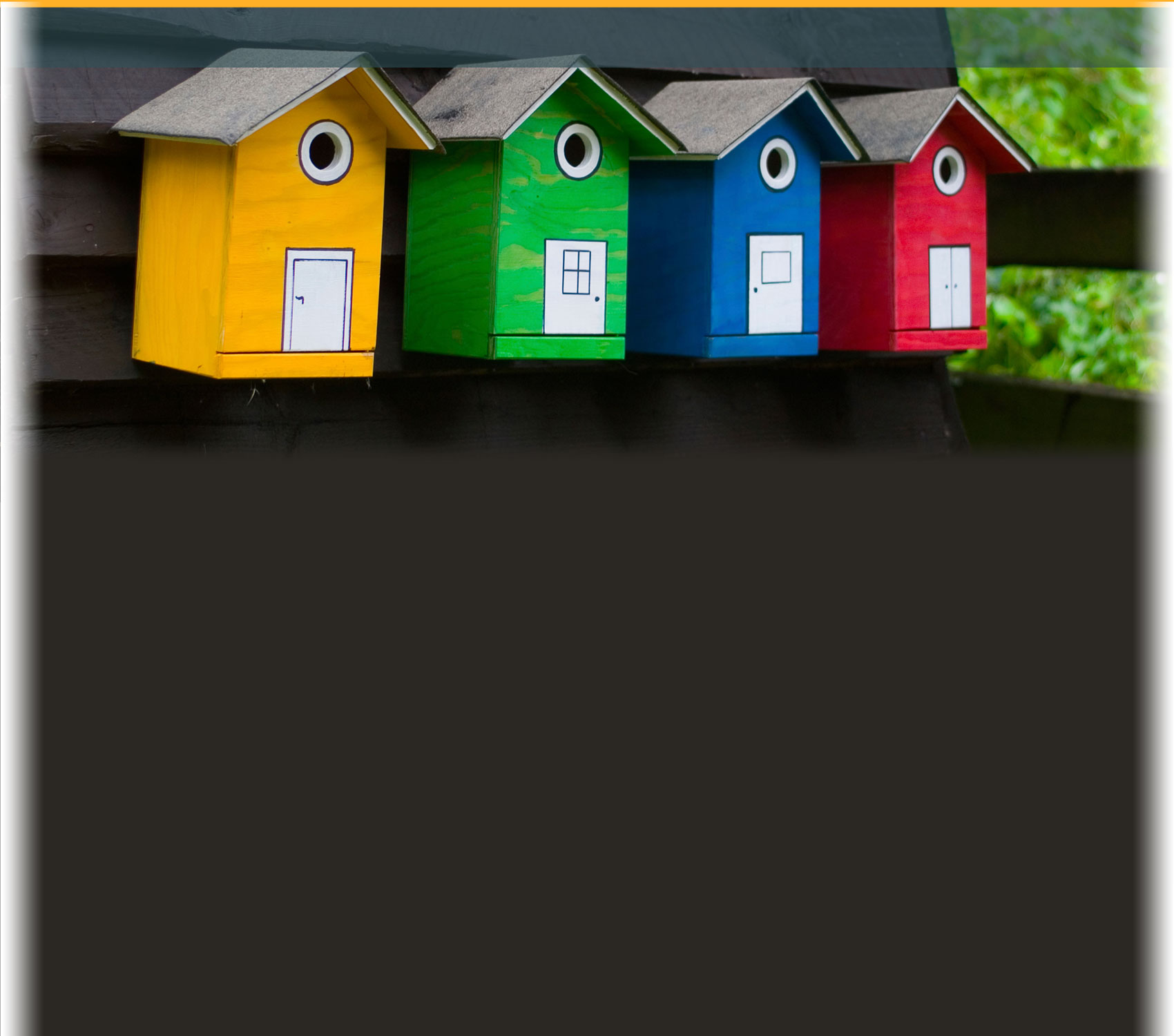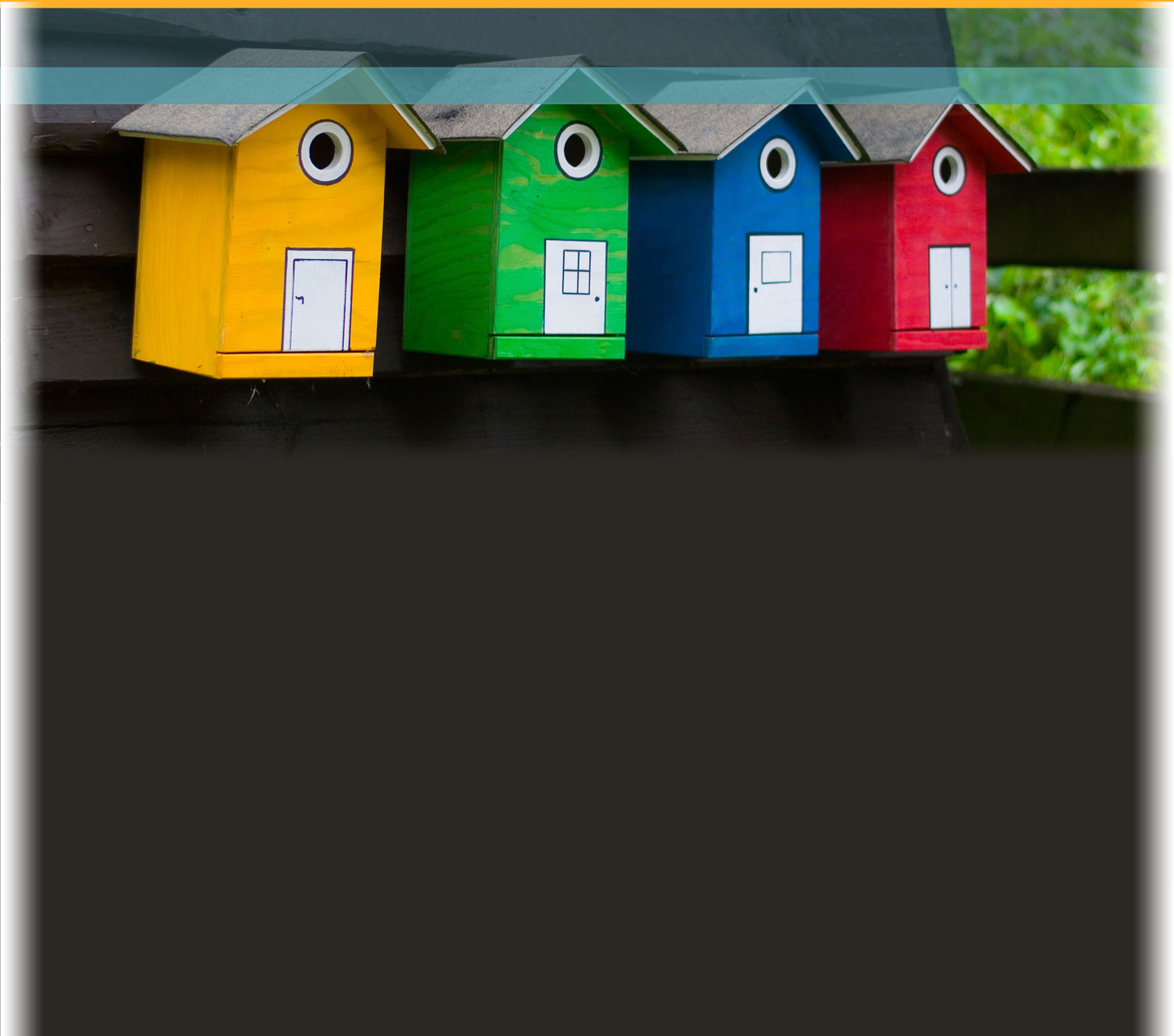Identify Constraints
Now that you know more about the type of nest box your bird prefers, it is time to identify constraints for your design.
All projects have a budget. Your budget is $15 for the woodpecker and $10 for the Bewick's wren since they are smaller birds and require smaller nest boxes and fewer materials. If you choose to create a nest box for a barn owl, your budget will be $25 since barn owls require more space. In building your nest boxes, you will be limited to using items commonly found in hardware stores. You must balance these constraints with what the bird requires for a nest box. Be careful not to include unnecessary elements in your design. Including unnecessary elements could add to the cost of materials and prove to be ineffective for your bird.
Cost of materials:
- ¾" thick plywood or pine: $1.50 per square foot
- ¾" thick cedar or cypress: $3.00 per square foot
- screws: $0.20 each
- nails: $0.10 each
- glue: $4.00
- metal plate: $2.00
- wooden rod (perch): $1.00
- predator guard: $5.00
- large pole for mounting: $6.00
- small pole for mounting: $4.00
On page 5 of your Engineering Portfolio, write down your constraints and start to think about how you can set up a nest box that will attract your chosen bird.


